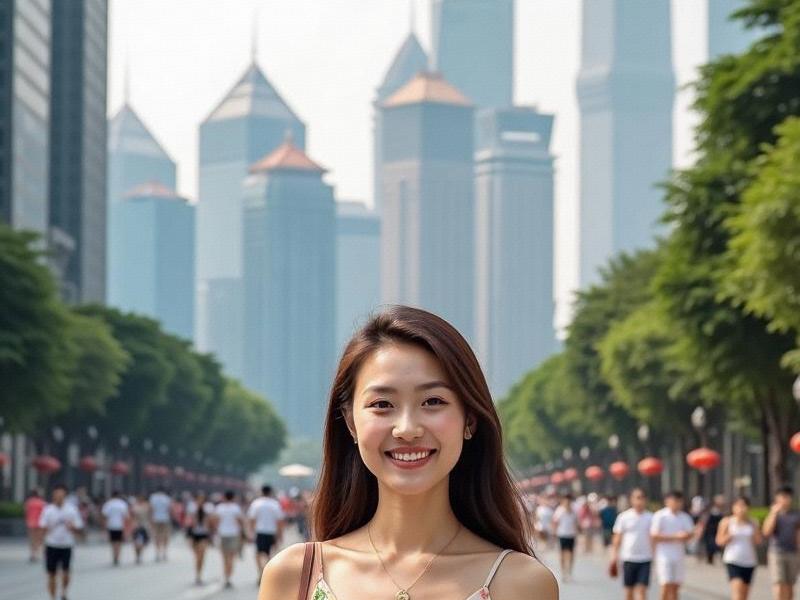This 2,900-word feature investigates how Shanghai's cultural revival is creating ripple effects across the Yangtze Delta, forging new regional identities while preserving local distinctiveness.

[Article Content]
The synchronized chime of temple bells in Zhujiajiao water town blends with the electronic beats emanating from West Bund's art museums - a sonic metaphor for how Shanghai is orchestrating a cultural renaissance that harmonizes tradition and modernity across the region. This phenomenon, dubbed "The Shanghai Spiral" by urban scholars, represents a deliberate strategy positioning culture as the connective tissue binding the Yangtze Delta cities.
Cultural Infrastructure Boom:
• ¥64B ($8.8B) invested in regional cultural projects (2023-2025)
• 38 new museums/galleries in Shanghai-proper
• 17 heritage sites restored through cross-city partnerships
• 4-hour "Culture Circle" high-speed rail network
上海龙凤419油压论坛 Innovative Cultural Hybrids:
1. "Digital Water Towns" - VR recreations of ancient Jiangnan villages
2. "Teahouse Maker Spaces" blending craft workshops with tech incubators
3. "Port Jazz" festivals merging Huangpu River sounds with electronic music
4. "Concrete Poetry" installations on construction sites
Economic Impact:
• 23% annual growth in cultural tourism
• 580,000 creative industry jobs created
爱上海419 • ¥12B ($1.65B) in cultural exports
• 42% increase in international artist residencies
Regional Collaboration Models:
• Shanghai-Suzhou opera co-productions
• Hangzhou digital art exchanges
• Nanjing literary festivals
• Shared museum collections database
上海龙凤419 Technology Integration:
• Blockchain art authentication system
• AI-assisted heritage conservation
• AR neighborhood history tours
• NFT platforms for regional artists
As Shanghai prepares to assume its role as 2026 UNESCO Creative City of Design, the regional cultural web continues expanding. "We're seeing the emergence of what I call 'kilometer-zero culture'," observes Dr. Liang of Tongji University. "It's no longer about centralized cultural production in Shanghai, but about creating a networked ecosystem where each city contributes unique elements while benefiting from shared platforms."
This cultural strategy appears to be paying dividends beyond the arts. The Yangtze Delta now accounts for 38% of China's creative economy output, with cross-border cultural collaborations increasing by 67% since 2023. From the silk workshops of Suzhou to the digital ateliers of Hangzhou, Shanghai's cultural gravity is reshaping regional identity - not through homogenization, but by cultivating what urban planners term "differentiated complementarity."
The ultimate test may come in 2027 when Shanghai and five neighboring cities jointly host the Pan-Asian Cultural Biennale. This ambitious event, spanning 18 venues across 200 kilometers, could cement the region's status as Asia's answer to the Rhine-Ruhr cultural corridor - proving that in the age of globalization, regional identities can flourish through connection rather than isolation.